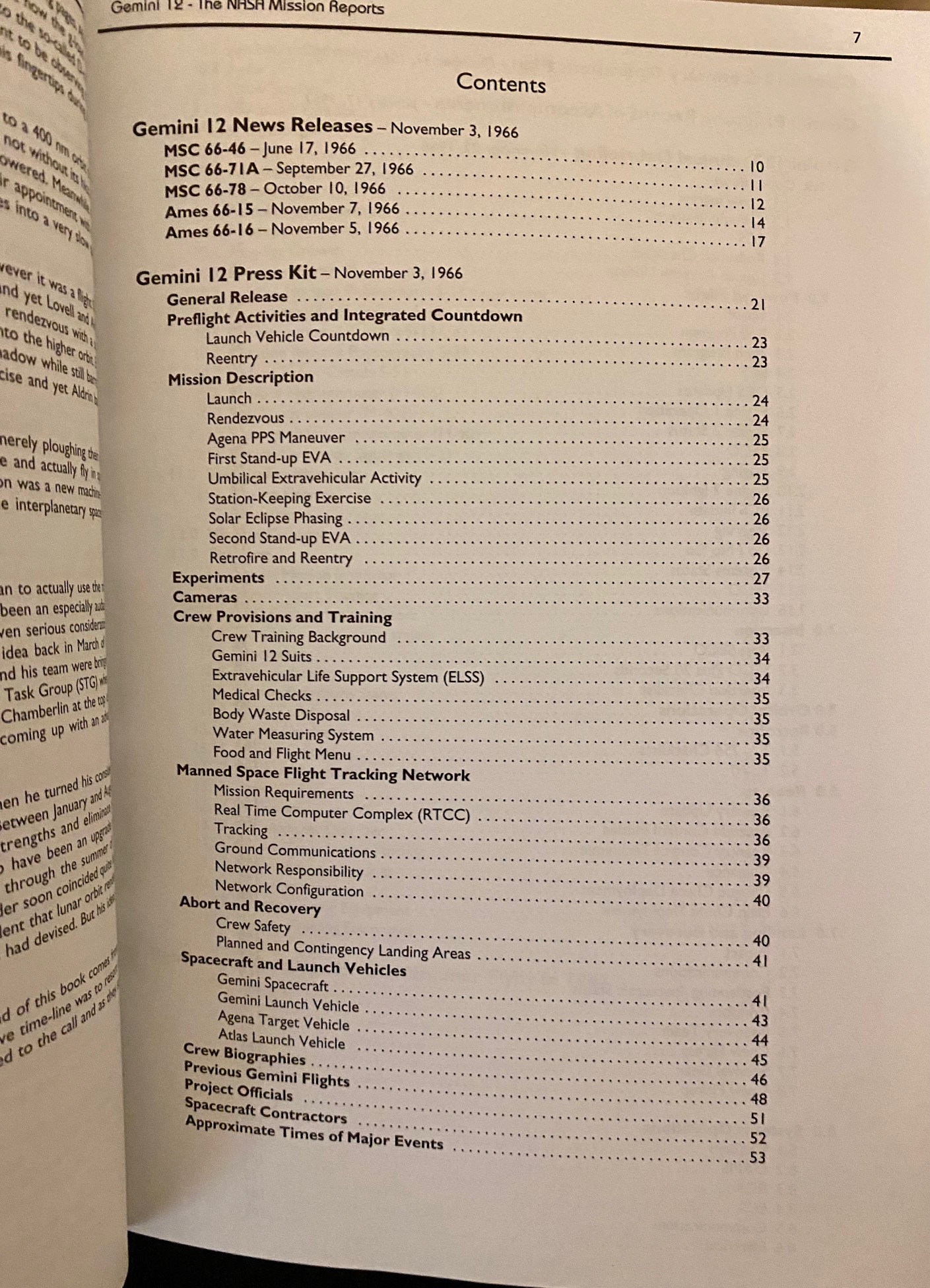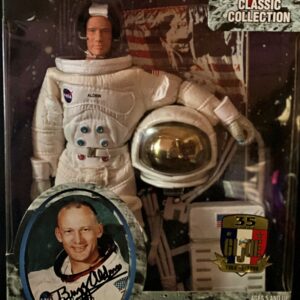Shop
NEW! Buzz Aldrin Autographed Gemini 12: The NASA Mission Reports
$999.00
Only 10 available! – From the personal collection of Dr. Buzz Aldrin, this handsome Gemini 12: The NASA Mission Reports, is a paperback “magazine” type report which includes the entire NASA Mission Reports series! Authentically signed by Dr. Aldrin, this Mission Report will be a treasure in your library!
The Mission Report is accompanied by a certificate of authenticity signed by a Buzz Aldrin Ventures Board of Director, which an image depicting Dr. Aldrin signing the piece. Autograph position, size and ink color may vary, as each item is uniquely signed by Dr. Buzz Aldrin. (Item in picture shown not signed, as these were just discovered by Dr. Aldrin and he will sign each one prior to sending one to you!)
From the Publisher:
The final document in this book has been added mainly for the curious. It reflects on a plan to actually use the mated Gemini-Agena to send astronauts around the moon. Although today it may seem to have been an especially audacious plan – particularly given the notoriously unreliable nature of Agena – at the time it was given serious consideration. In fact the original project Gemini chief engineer, Jim Chamberlin, had espoused such an idea back in March of 1961 before Gemini had flown its first flight, such was his confidence in the vehicle which he and his team were bringing to fruition. Chamberlin was a notably brilliant designer who had come to the fledging Space Task Group (STG) when the Avro Arrow CF-105 program had been cancelled in Canada. Robert Gilruth had placed Chamberlin at the top of the engineering division at STG and in early 1961 he had been assigned the problem of coming up with an advanced Mercury spacecraft.
Chamberlin had worked extensively on Mercury and so he knew its weaknesses, so when he turned his considerable talents to improving the vehicle he knew it would require an overhaul to do it right. Between January and August of 1961 Chamberlin conceived of a new vehicle which would build on Mercury’s strengths an eliminate many weaknesses. His ideas soon took the advanced Mercury program from what was to have been an upgrade to an entirely new program – which he felt could accomplish much of Apollo’s goals. All through the summer of 1961 Chamberlin rewrote his ideas for a Gemini lunar mission. His ideas for a spider-like lander soon coincided quite handily with the ideas which were coming from John Houbolt at Langley. It was becoming evident that lunar orbit rendezvous was the way to get to the moon, and this fit nicely with the proposals that Chamberlin had devised. But his ideas were met with much skepticism by Abe Silverstein, director of Space Flight Programs.
Chamberlin must have never quite given up on the idea because the report at the end of this book comes from mid-1965. Some engineers must have felt that the only way to complete Kennedy’s punitive time-line was to resort to the ever-reliable Gemini, but it was not to be. The contracting engineers and NASA rallied to the call and as they say, the rest is history.
In stock















